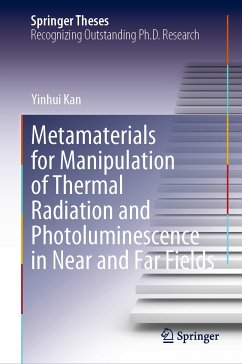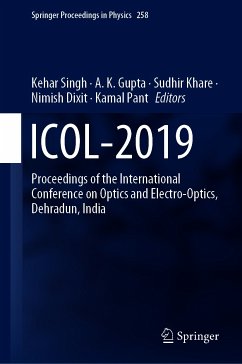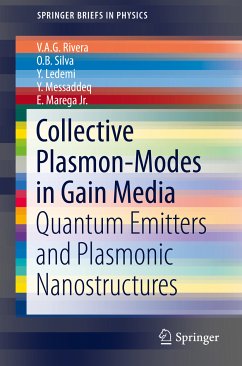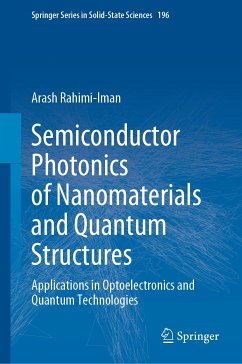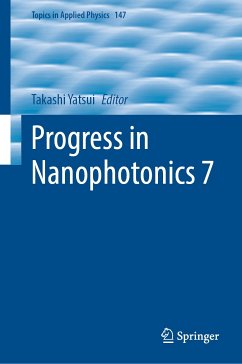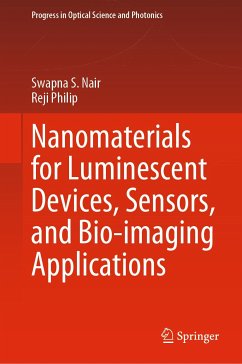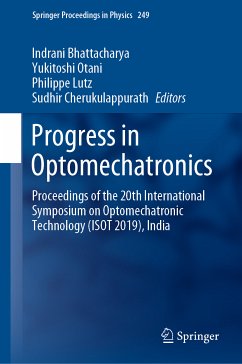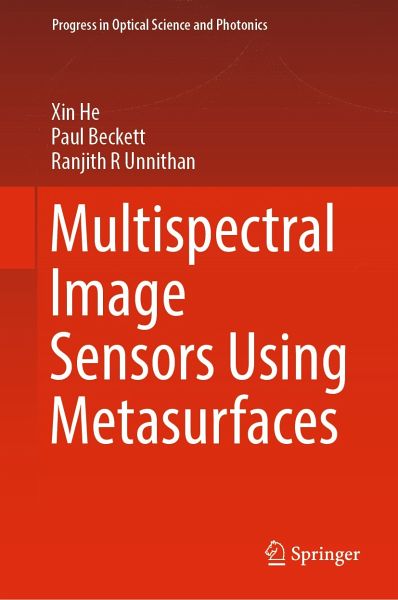
Multispectral Image Sensors Using Metasurfaces (eBook, PDF)
Versandkostenfrei!
Sofort per Download lieferbar
73,95 €
inkl. MwSt.
Weitere Ausgaben:

PAYBACK Punkte
37 °P sammeln!
This book presents how metasurfaces are exploited to develop new low-cost single sensor based multispectral cameras. Multispectral cameras extend the concept of conventional colour cameras to capture images with multiple color bands and with narrow spectral passbands. Images from a multispectral camera can extract significant amount of additional information that the human eye or a normal camera fails to capture and thus have important applications in precision agriculture, forestry, medicine, object identifications, and classifications. Conventional multispectral cameras are made up of multip...
This book presents how metasurfaces are exploited to develop new low-cost single sensor based multispectral cameras. Multispectral cameras extend the concept of conventional colour cameras to capture images with multiple color bands and with narrow spectral passbands. Images from a multispectral camera can extract significant amount of additional information that the human eye or a normal camera fails to capture and thus have important applications in precision agriculture, forestry, medicine, object identifications, and classifications. Conventional multispectral cameras are made up of multiple image sensors each externally fitted with a narrow passband wavelength filters, optics and multiple electronics. The need for multiple sensors for each band results in a number of problems such as being bulky, power hungry and suffering from image co-registration problems which in turn limits their wide usage. The above problems can be eliminated if a multispectral camera is developed using one single image sensor.¿
Dieser Download kann aus rechtlichen Gründen nur mit Rechnungsadresse in A, B, BG, CY, CZ, D, DK, EW, E, FIN, F, GR, HR, H, IRL, I, LT, L, LR, M, NL, PL, P, R, S, SLO, SK ausgeliefert werden.



